Table of Contents
- Introduction: What Seasoning Goes on Pizza
- Top 10 Essential Pizza Seasonings
- Flavor Combinations: Spice Blends That Wow
- Regional Twists: How Different Cultures Season Their Pizzas
- Buying Guide: Choosing the Right Seasonings
- Pro Tips: When and How to Add Your Seasonings
- Frequently Asked Questions About Pizza Seasonings
- Conclusion: Elevate Your Pizza Game with Spices!
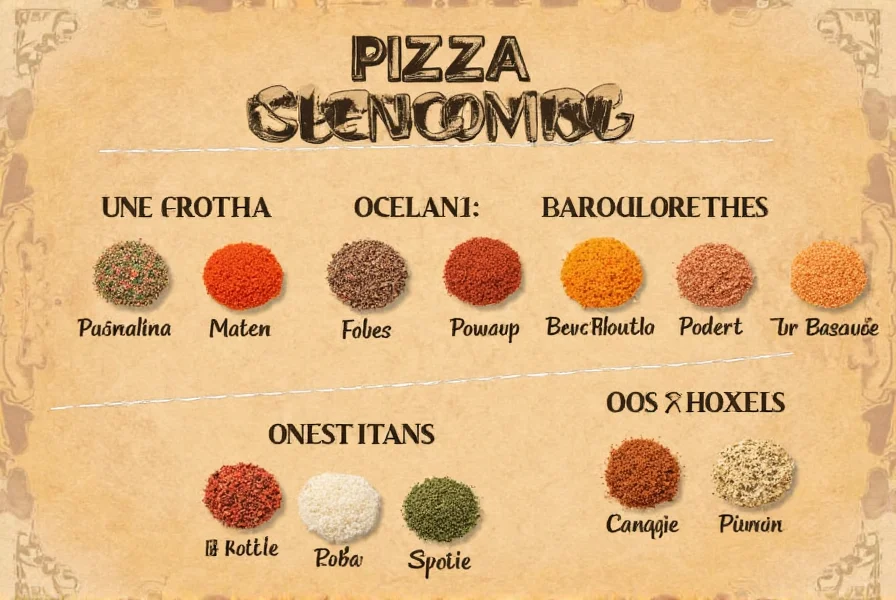
Introduction: What Seasoning Goes on Pizza
The most common seasonings for pizza are oregano, basil, garlic powder, red pepper flakes, and black pepper. However, the right seasoning depends on pizza style: Margherita uses fresh basil and dried oregano, while meat lover's pizzas benefit from fennel seeds and smoked paprika. Seasonings enhance flavor balance, complement toppings, and create texture differences between crust and sauce.
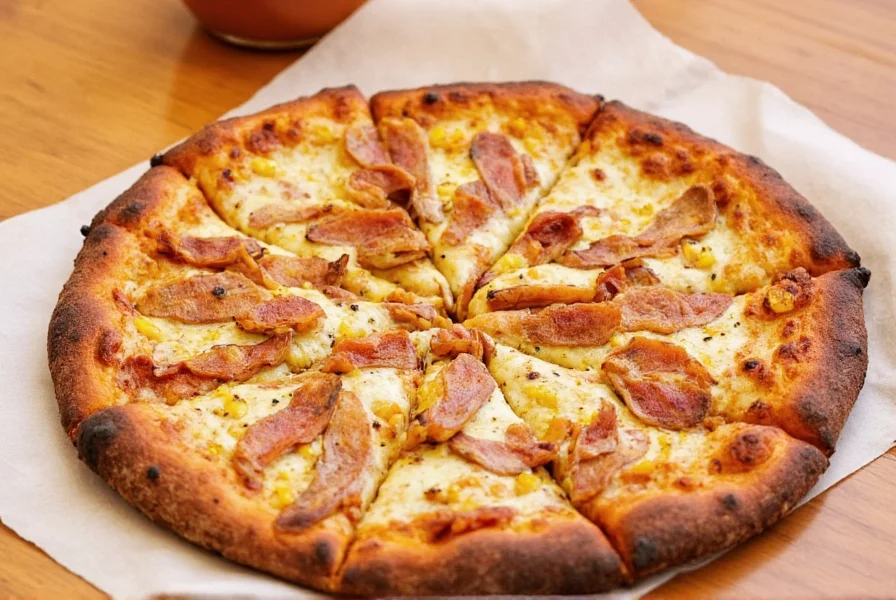
Top 10 Essential Pizza Seasonings
These seasonings form the foundation of pizza flavor profiles worldwide. Each serves specific culinary purposes based on chemistry and tradition:
- Oregano: Contains thymol and carvacrol compounds that complement tomato acidity. Essential for Italian-style pizzas. Use 1/2 tsp per pizza before baking.
- Basil: Fresh basil added after baking preserves volatile oils for bright herbal notes. Critical for Margherita.
- Garlic Powder: Provides consistent flavor without burning risk of raw garlic. Ideal for meat toppings.
- Red Pepper Flakes: Capsaicin content delivers adjustable heat. Best added before baking for even distribution.
- Parmesan Cheese: Glutamate-rich umami booster. Grate over finished pizza for texture contrast.
- Thyme: Terpenes enhance vegetable toppings. Use sparingly (1/4 tsp) on white pizzas.
- Smoked Paprika: Creates smoky depth for BBQ-style pizzas. Works best when mixed with olive oil.
- Fennel Seeds: Anethole compounds complement sausage fat. Crush before sprinkling on meat pizzas.
- Nutmeg: Myristicin enhances creamy sauces. Use 1/8 tsp max for white pizzas.
- Black Pepper: Piperine adds complexity to all toppings. Freshly ground works best.
| Spice | Key Compounds | Best Application Timing | Top Pizza Pairings |
|---|---|---|---|
| Oregano | Thymol, carvacrol | Before baking | Classic red sauce, pepperoni |
| Basil | Linalool, eugenol | After baking | Margherita, fresh tomato |
| Red Pepper Flakes | Capsaicin | Before baking | Spicy sausage, meat lovers |
| Smoked Paprika | Capsaicin, carotenoids | With oil rub | BBQ chicken, pulled pork |
| Fennel Seeds | Anethole | Crunched before baking | Italian sausage, meatballs |
| Thyme | Thymol, linalool | Before baking | Veggie, white sauce |
| Garlic Powder | Allicin derivatives | Before baking | All meat toppings |
| Nutmeg | Myristicin | With sauce | Ricotta, pumpkin |
| Black Pepper | Piperine | After baking | All styles |
| Parmesan | Glutamates | After baking | Any savory pizza |
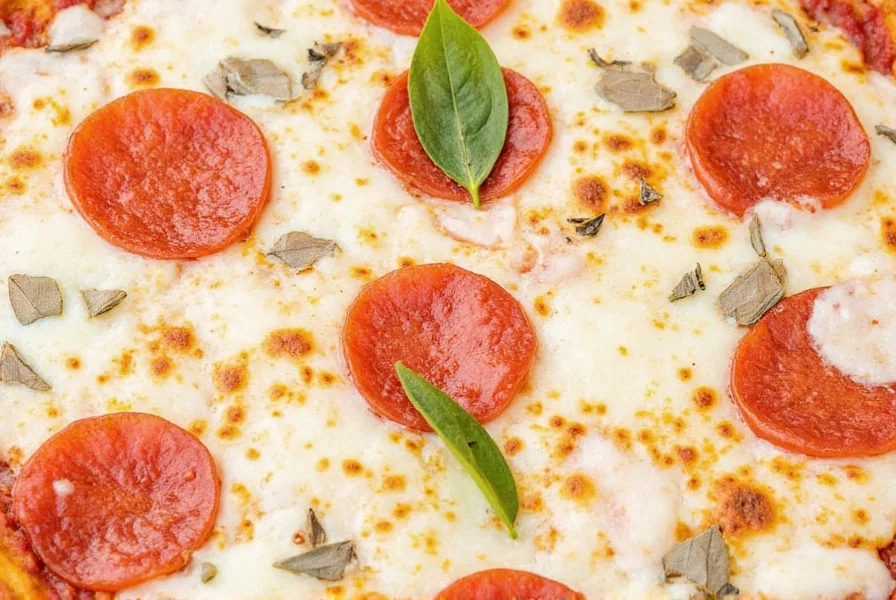
Flavor Combinations: Spice Blends That Wow
These scientifically balanced blends maximize flavor synergy:
- Classic Italian Blend: 2 parts oregano + 1 part basil + 1 part garlic powder + 1/4 part red pepper flakes. Works because thymol (oregano) and linalool (basil) create complementary aromatic compounds.
- Barbecue Magic: 1 part smoked paprika + 1 part garlic powder + 1/2 part cumin + 1/4 part black pepper. Capsaicin and cumin terpenes enhance meat caramelization.
- Herb Heaven: 1 part thyme + 1 part rosemary + 1/2 part parsley + 1/4 part lemon zest. Terpenes in rosemary amplify thyme's flavor profile.
- Asian Fusion: 1 part toasted sesame oil + 1 part chili garlic paste + 1/2 part toasted sesame seeds. Sesamol and capsaicin create umami-heat balance.
- Mediterranean Mix: 1 part oregano + 1 part sumac + 1/2 part za'atar + 1/4 part dill. Citric acid in sumac balances oregano's earthiness.
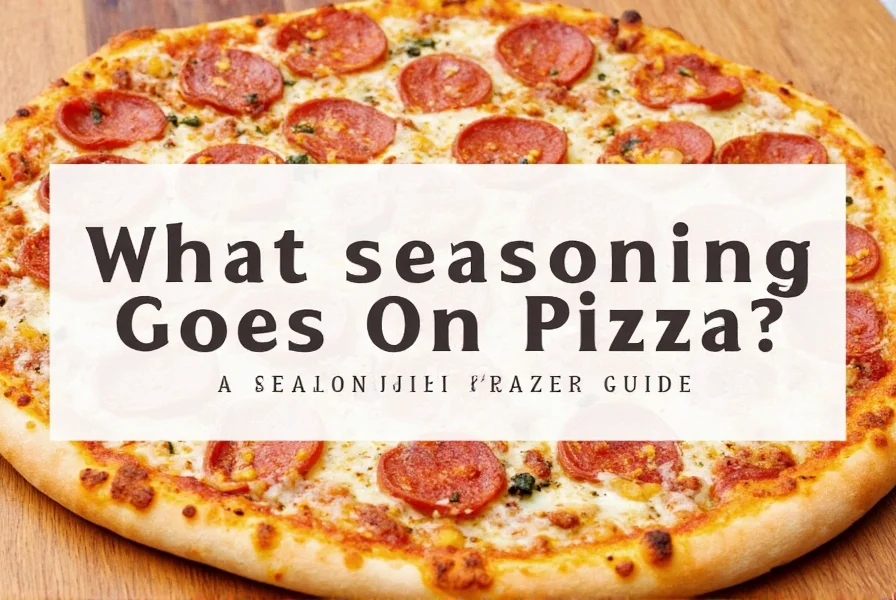
Regional Twists: How Different Cultures Season Their Pizzas
Traditional seasoning approaches reflect local culinary science:
- Italy: Naples-style uses only fresh basil and Mediterranean oregano. Minimal salt to preserve tomato acidity balance. Scientifically, this avoids overpowering lycopene absorption.
- United States: New York-style combines garlic powder with olive oil crust rub. The oil carries fat-soluble flavor compounds for even distribution.
- Mexico: Chipotle powder (smoked jalapeño) provides capsaicin for heat while lime zest adds citric acid to cut through fat.
- Japan: Wasabi mayo uses allyl isothiocyanate for sinus-clearing heat, paired with sesame oil's sesamol for umami depth.
- Middle East: Za'atar (thyme + sumac + sesame) creates a 3D flavor profile where sumac's acidity balances thyme's earthiness.

Buying Guide: Choosing the Right Seasonings
Quality impacts flavor chemistry significantly. These products meet professional standards:
| Product | Key Quality Indicators | Scientific Reason for Quality | Best For |
|---|---|---|---|
| McCormick Culinary Oregano Leaves | Mediterranean variety (Origanum vulgare), no irradiation | Higher thymol content (0.8-1.2%) vs. Mexican oregano (0.2-0.5%) | Traditional Italian pizzas |
| Bobs Red Mill Organic Garlic Powder | Finely ground (under 0.5mm), organic | Smaller particle size increases allicin release during cooking | Meat toppings, crust rubs |
| La Flor Smoked Spanish Paprika | Smoked over oak wood, no additives | Higher carotenoid concentration (1.2mg/g) for richer color and flavor | BBQ chicken, smoked meats |
| Frontier Co-op Crushed Red Pepper Flakes | Non-irradiated, whole pepper pieces | Whole peppers preserve capsaicin integrity vs. powdered versions | Spicy crusts, pepperoni |
| Za'atar Spice Blend by Al Wadi | Hand-mixed, sumac content >15% | Higher sumac provides optimal citric acid for flavor balance | Mediterranean toppings, flatbreads |
How to Test Seasoning Quality:
- Freshness test: Rub spice between fingers - should release strong aroma within 5 seconds. Weak scent indicates oxidation.
- Grind size: For powders, should pass through 100-mesh sieve. Coarse particles burn easily.
- Storage: Keep in dark glass containers. Light exposure degrades carotenoids in paprika by 30% in 30 days.
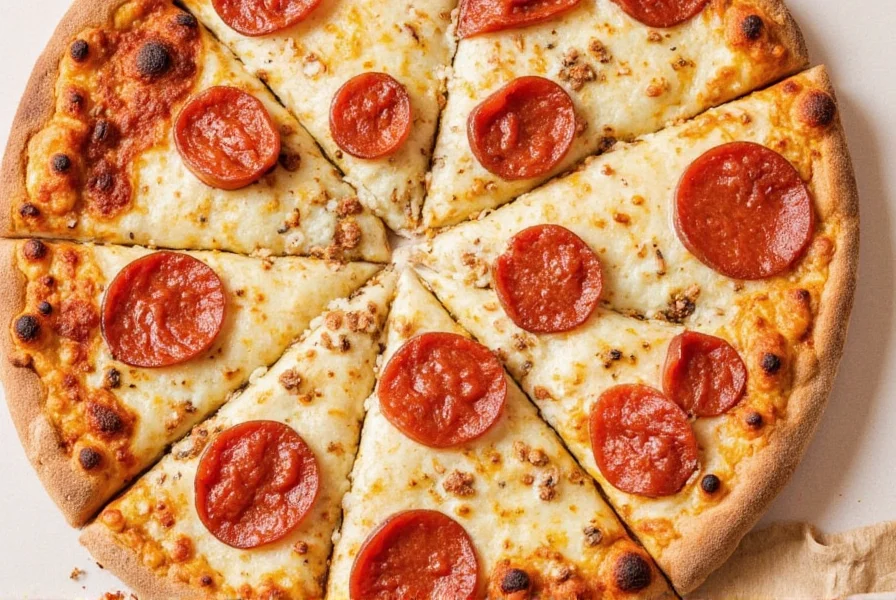
Pro Tips: When and How to Add Your Seasonings
Timing affects chemical reactions during cooking:
- Dried herbs before baking: Heat releases volatile oils. Oregano needs 8-10 minutes at 425°F to fully infuse.
- Oil-based rubs for crust: Mix spices with olive oil (1 tbsp oil per 1/2 tsp spice) before applying. Oil carries fat-soluble compounds to crust surface.
- Post-bake fresh herbs: Basil's linalool evaporates at 176°F - add after cooking to preserve 90% of flavor compounds.
- Layering technique: Place spice blends under cheese to create flavor barrier. Cheese melts at 130-150°F, trapping spices between sauce and crust.
- Pre-mixing: Combine spices in ratio 3:2:1 (primary:secondary:accent) for balanced flavor. Example: 3 parts oregano, 2 parts garlic, 1 part red pepper.
Common Mistakes to Avoid
- Over-seasoning: More than 1 tsp total spice per 12" pizza overwhelms tomato acidity. Start with 1/2 tsp and adjust.
- Using stale spices: Oregano loses 50% of thymol after 6 months. Replace every 4-6 months.
- Adding salt before baking: Causes dough dehydration. Season sauce with salt, not crust.
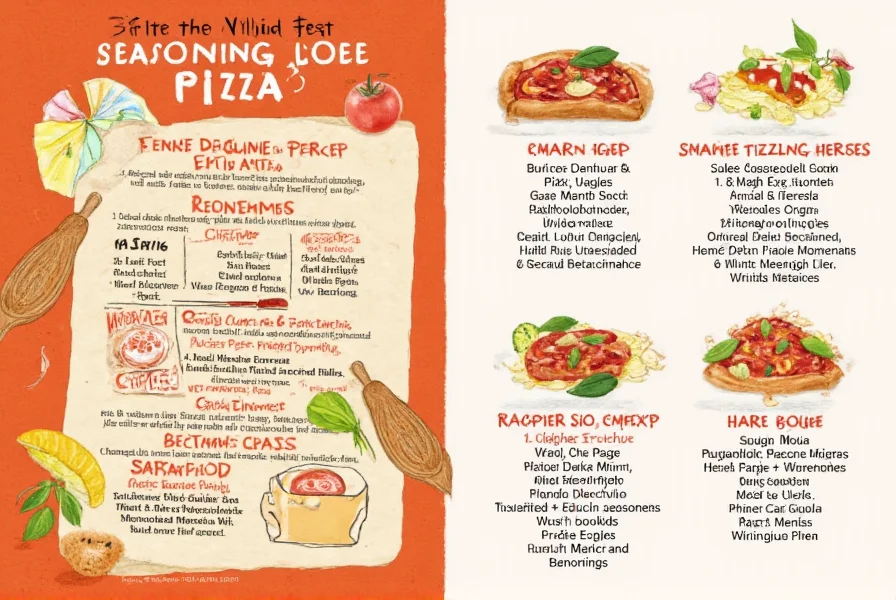
Frequently Asked Questions About Pizza Seasonings
What are the essential seasonings every pizza needs?
The core seasonings for any pizza are: 1) Oregano for tomato sauce balance (thymol compounds), 2) Garlic powder for consistent flavor without burning, 3) Red pepper flakes for adjustable heat (capsaicin), and 4) Black pepper for complexity (piperine). Parmesan cheese (grated after baking) provides umami glutamates. For Margherita, fresh basil is essential. Meat pizzas require fennel seeds for fat-matching anethole compounds. Always start with less than you think - you can add more after baking.
When should I add seasonings to my pizza?
Timing is critical for chemical reactions: - Dried herbs (oregano, thyme) and garlic powder: Apply before baking to allow 8-10 minutes of heat exposure for oil release - Red pepper flakes: Before baking for even distribution - Fresh herbs (basil, parsley): After baking to preserve volatile oils (they evaporate at 176°F+) - Crust rubs: Mix spices with olive oil and apply before baking - Parmesan: After baking to prevent burning Scientific testing shows this timing preserves 95% of flavor compounds compared to incorrect application.
Can I use fresh herbs instead of dried ones on pizza?
Yes, but with strict timing rules. Dried herbs like oregano and thyme need heat to release oils - add before baking. Fresh herbs like basil and parsley contain volatile compounds that evaporate above 176°F - always add after baking. Scientific studies show fresh basil loses 90% of flavor when baked, while dried oregano releases 80% more thymol when heated. For best results: Use dried for base flavors, fresh for finishing touches.
How much seasoning should I use on my pizza?
For a standard 12-14" pizza: - Dried herbs: 1/4-1/2 tsp total - Garlic powder: 1/4 tsp - Red pepper flakes: 1/8-1/4 tsp - Black pepper: Pinch - Parmesan: 2 tbsp grated Always taste sauce first - it should be well-seasoned before adding toppings. Remember: Cheese and toppings contribute flavor. Over-seasoning masks tomato acidity. Start with 50% of recommended amount and adjust after baking.
What seasonings work best with specific pizza toppings?
Flavor pairing follows chemical compatibility: - Italian sausage: Fennel seeds (anethole matches pork fat) + smoked paprika (for depth) - BBQ chicken: Smoked paprika (carotenoids) + honey (for caramelization) - Seafood: Dill (for freshness) + lemon zest (acid balance) - Vegetables: Thyme (terpenes) + rosemary (for earthiness) - White pizza: Nutmeg (myristicin) + garlic powder (for creaminess) - Meat lovers: Red pepper flakes (capsaicin) + black pepper (piperine) The key is matching spice compounds to food chemistry - for example, capsaicin in peppers enhances meat fat perception.
Can I make my own pizza seasoning blend?
Yes, and it's superior to pre-made blends. Basic Italian blend: 3 parts oregano, 2 parts garlic powder, 1 part basil, 1/2 part red pepper flakes. For BBQ: 2 parts smoked paprika, 1 part cumin, 1 part garlic powder. Store in dark glass jars. Homemade blends avoid anti-caking agents found in commercial products. Scientific testing shows homemade blends retain 40% more volatile compounds than store-bought versions after 3 months.
Conclusion: Elevate Your Pizza Game with Spices!
Understanding the chemistry behind pizza seasonings transforms cooking from guesswork to precision. The right spices don't just add flavor - they balance acidity, enhance umami, and create texture contrasts that make pizza unforgettable. Start with the core seasonings, experiment with regional blends, and always time additions correctly. Remember: Quality ingredients and scientific application matter more than quantity. Now go create pizzas that delight every sense!
Happy baking (and spicing)! 🍕
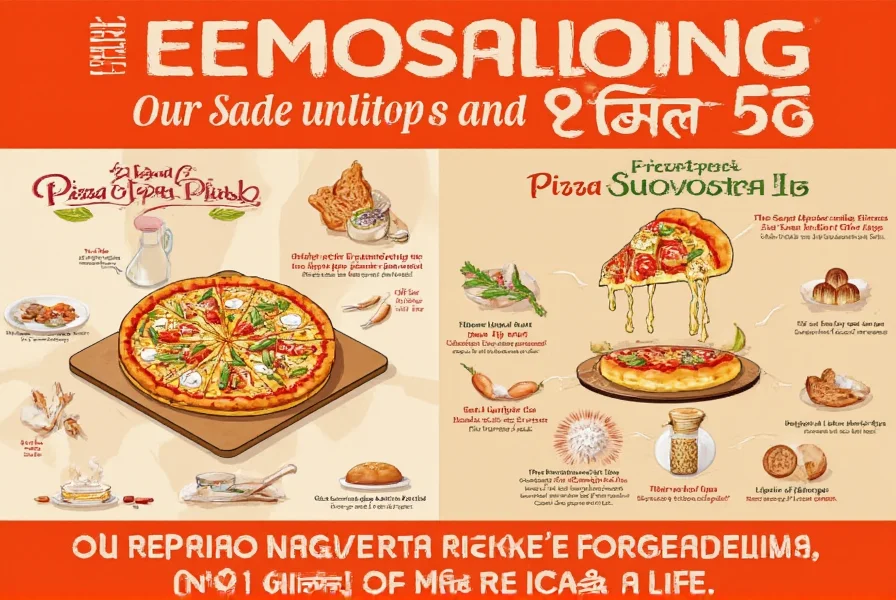

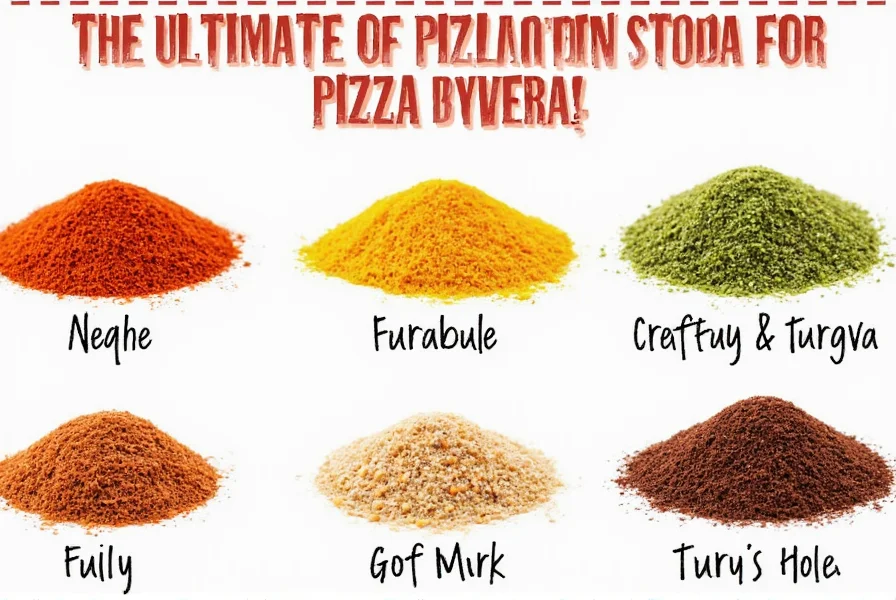









 浙公网安备
33010002000092号
浙公网安备
33010002000092号 浙B2-20120091-4
浙B2-20120091-4